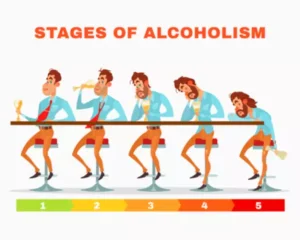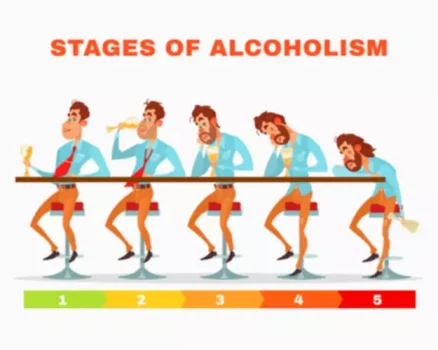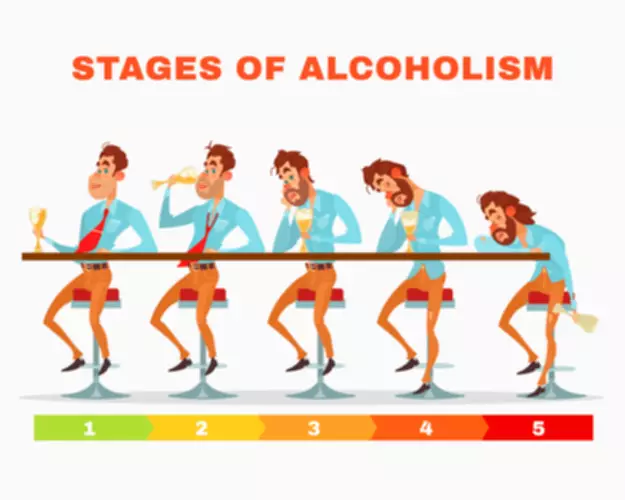
These features are appealing to people in recovery because they emphasize aspects of structure and responsibility while balancing characteristics of freedom and fellowship that are related to extended sobriety. Recovery or sober living housing in Pennsylvania that receive referrals from state agencies or state-funded facilities or federal or state funding must be licensed by the Department of Drug and Alcohol Programs (DDAP). If you are seeking drug and alcohol related addiction rehab for yourself or a loved one, the sponsored hotline is a confidential and convenient solution. IHAT has a completion rate that is 2.5 times higher than traditional rehab options with a 78% recovery success rate for participants. By living together, sharing experiences, difficulties, and accomplishments, and participating in communal activities, residents can build a strong support system that will assist them in long-term recovery. Resuming work and other activities can be difficult after recovery, but living with people who understand your struggles can help.

How Effective Are Sober Living Houses?
- Only by understanding what triggers the urge to use can you begin developing robust coping mechanisms.
- That way, when challenges arise–as they will– you’re prepared to meet them.
- Since the sober living home industry has been undergoing many changes, many people may not be aware of the options, and it can be difficult to find a quality sober living home if you don’t know where to look.
- Many sober living homes take insurance, so if you have insurance, call the number on the back of your insurance card to find out what is covered.
- These homes can offer an in-between option for individuals after they complete a treatment program and before they return to their homes and lives.
The program used many of the same principles as Alcoholics Anonymous and soon became increasingly professionalized. This model influenced different versions of residential inpatient facilities that can be found today. Not all homes offer the same things, so finding one by word of mouth can be helpful. If you have recently completed treatment, the staff can usually provide referrals to local, trustworthy sober living homes. NARR is the largest recovery housing organization in the U.S., operating in 26 states.
Your search for the right treatment ends here!
- Most Level 3 houses are overseen by paid staff, rather than self-governing like Level 1 and 2 homes.
- Typically, the cost is about the same as living in a modest apartment or home.
- Along the way, Eric worked as a collaborating investigator for the field trials of the DSM-5 and completed an agreement to provide mental health treatment to underserved communities with the National Health Service Corp.
- The levels describe the intensiveness of the program and the level of care provided.
- An example is the Substance Abuse and Mental Health Services Administration (SAMHSA), which offers grants to organizations that provide addiction treatment and recovery services.
With many types of recovery residences located all over the country, you are bound to find the right one for you. Your sober living community will provide you with invaluable peer support and motivation to continue on your journey to a life free from addiction. In particular, sober living and halfway houses can help somebody maintain recovery by providing a safe, sober environment. Learn more about recovery housing, such as sober living homes, and how it can benefit you on your journey to recovery.
Christian Treatment Programs
They are focused on helping residents re-enter common society after spending time in prison. These centers offer treatment, which some residents may have to attend as part of living there. Sober living homes are residences where people in recovery pursue a substance-free lifestyle together.


The NARR created standardized language and definitions that are used to identify the different types of sober living homes based on the level of services and structure that they provide. The NARR refers to all such homes as “recovery residences,” which is the nomenclature we will use throughout this guide. The NARR functions by certifying regional networks (referred to as “affiliates”) which then Twelve-step program certify individual residences. People who reside in sober living facilities can usually come and go as they please as long as they follow certain rules.

Men’s Sober Living Houses in Connecticut and Ohio
Today halfway houses are still used as a way to foster re-entry into society brighton sober living for addicts and sometimes for prison inmates. Without the structure of a daily schedule and accountability of others around you, it can be easy to fall back into old habits that are not productive for your sobriety. The staff at sober living homes are trained to help hold you accountable for your actions while living there. If you’re looking for other options, our rehab directory can help you search through facilities that help provide sober living homes throughout the U.S.
